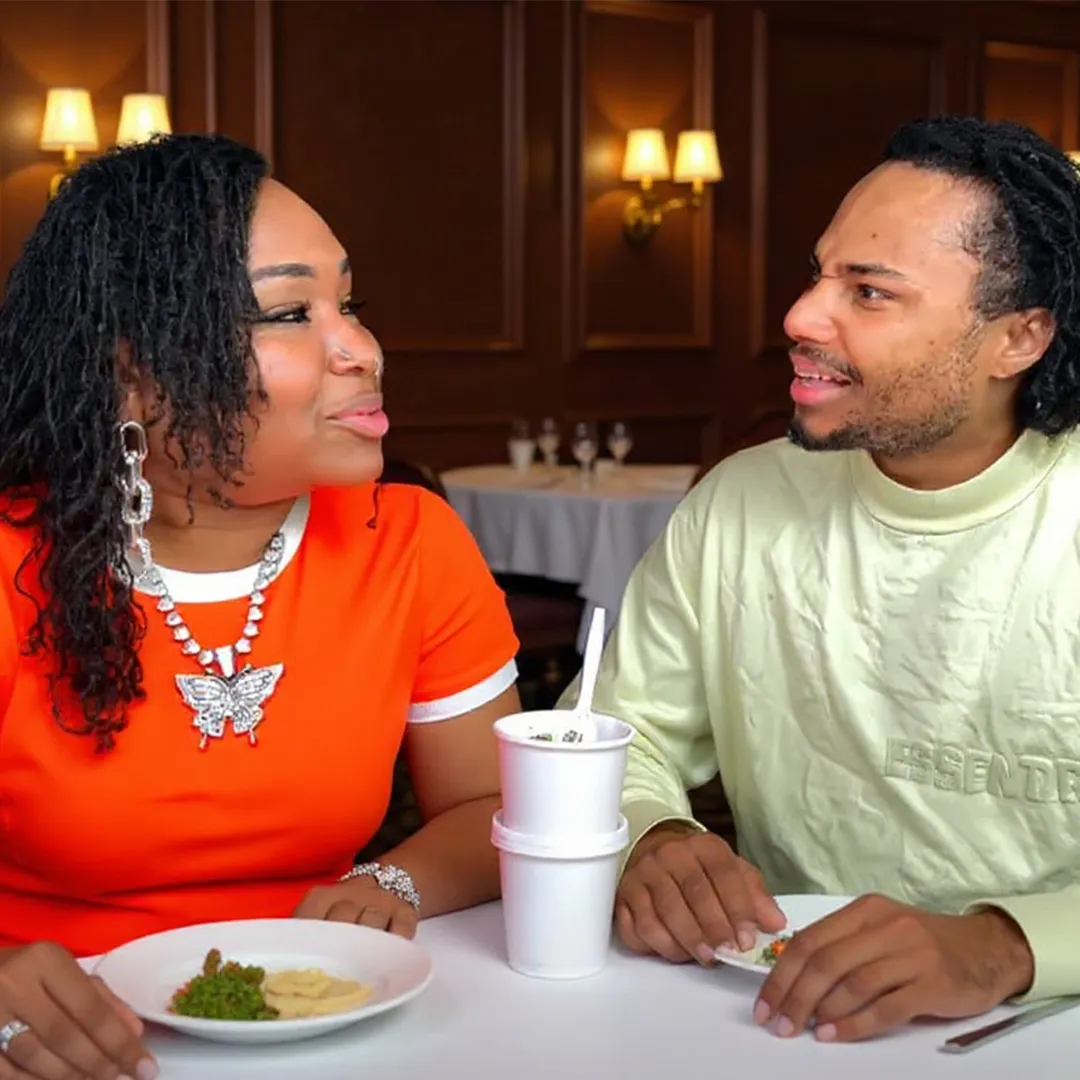We were just sitting around, talking about food like we always do, when Darius turned to me and asked a question that seemed simple at first:
"Mom, what exactly is American food?"
I smiled, but inside, I paused. Because that question? It’s not as easy to answer as it sounds.
American cuisine isn’t just burgers and fries or barbecue and apple pie. It’s a living, breathing story—a patchwork quilt stitched together with flavors from around the world. It reflects who we are, where we come from, and how cultures collide, blend, and evolve over time.
( If you enjoyed this post and want to try the ingredients and tools that helped shape the Bloveslife brand, feel free to check them out below! Every view or purchase you make is a way of supporting Blove’s passion and dedication to the community.
- 7.5 Quart Cast Iron Dutch Oven: https://amzn.to/4dcUqms
- Lodge Pre-seasoned Cast Iron Skillet: https://amzn.to/3TyyMSA
- Bamboo Seasonings Box with Mini Spoon: https://amzn.to/4dfHzA6 )

So I told my son, “Sweetheart, a lot of what we call ‘American food’ actually comes from other cultures. We’ve adopted, adapted, and sometimes even misunderstood it.”
I gave him an example he’d recognize: fried chicken.
Now, most people think of fried chicken as the classic American dish. But then I blew Darius’s mind when I brought up Korean fried chicken. I shared how, during the Korean War, Southern Black soldiers stationed in Korea shared their techniques and flavors. That cultural exchange sparked a culinary movement—one that later took the world by storm. Today, Korean fried chicken is known for its crunch, its spice, and its international flair, but deep down, it’s a product of connection. Of history. Of people sharing more than just food—they shared life.
We didn’t stop there. Darius and I went on to talk about ethnic restaurants in America. I pointed out something that’s always fascinated me: soul food joints often come with a heavy price tag. Not because they’re trying to be fancy, but because the cost of cooking those deep, labor-intensive dishes is real—and so is the history behind them.
But then I made a comparison:
“Now look at authentic Mexican food,” I told him. “The more authentic it is, the cheaper it usually is. That’s because the Mexican community here knows the value of their food—and they fight to keep it accessible. They’re not trying to inflate prices. They’re trying to feed their people, their culture, and their roots.”
Darius just sat there for a moment, wide-eyed. I could see it clicking. Food, to him, had always been something delicious. But now? It had layers. It had meaning. It had a past.
That night, our kitchen table became more than a place for dinner. It became a space for learning, for passing down knowledge, and for honoring the voices of those who shaped what we eat today.
American food isn’t a fixed recipe. It’s a reflection of struggle, migration, pride, and resilience. Every bite tells a story—and the more we understand those stories, the richer our appreciation becomes.
So when my son asks me again what American food really is, I’ll say:
“It’s everything. And it belongs to everyone who helped make it what it is today.”




